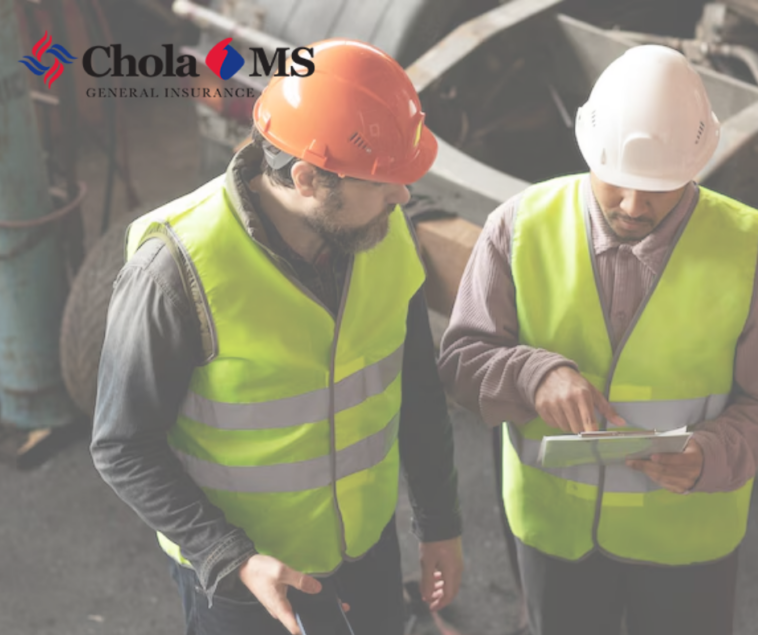In industries handling hazardous substances, process safety is non-negotiable. Whether in petrochemicals, bulk chemical manufacturing, or high-speed food processing units, even minor process deviations can trigger cascading failures with catastrophic outcomes.
Managing these risks is not only a compliance necessity but also a strategic imperative. This is where expert process safety consultants play an indispensable role, helping companies navigate complexities with systematic risk identification, precise analysis, and implementation of robust safety frameworks.
Consulting in this domain is not limited to audits or checklists. It involves deep engagement with the operational intricacies of the plant, understanding site-specific hazards, and mapping them against evolving global safety standards. Industries often struggle with gaps in legacy systems, unclear operating limits, poor change management processes, and inadequately trained personnel. Consultants bring clarity by embedding structured methodologies such as HAZOP, LOPA, and SIL assessments into existing operations.
The Role of Expert Process Safety Consultants
The scope of expert consulting extends far beyond hazard detection. It encompasses lifecycle safety analysis, regulatory alignment, and integration of safety systems with real-time monitoring. In plants with outdated documentation or undocumented modifications, consultants start by conducting process revalidation exercises. These are vital to identify undocumented changes and control system anomalies.
For example, in a specialty chemical plant using exothermic batch processes, even slight deviations in reactant concentrations have led to near-miss events. Consultants analyzed batch records, interviewed operators, and conducted a detailed HAZOP study to identify root causes. Findings led to control system enhancements and automated trip functions, preventing future recurrences.
Consultants also support clients during compliance reviews with bodies such as OSHA, EPA, and international equivalents. They translate broad regulatory mandates into actionable plans and help build safety programs grounded in quantitative and qualitative data.
Major Hazard Analysis Techniques
1.) HAZOP (Hazard and Operability Study): A Structured Examination of Deviations
HAZOP is the cornerstone of process hazard analysis. It systematically reviews process deviations from design intent using guide words. This technique is highly effective in identifying hidden design weaknesses and potential failure points.
Consider a refinery’s hydrotreater unit. During a HAZOP workshop, a multidisciplinary team analyzed the unit’s P&IDs and control strategies. The guide word “more pressure” triggered a scenario where blocked discharge lines could elevate reactor pressure. This deviation, if unmitigated, could cause flange leakage or catastrophic failure. The team recommended installing redundant pressure relief systems and enhancing alarm prioritization on the DCS.
HAZOP sessions are also used during revamps, start-ups, and expansions. In one instance, a pharmaceutical facility expanding its solvent recovery unit identified 14 critical deviations during the pre-startup HAZOP. Consultants proposed safeguards including interlocks, vent scrubbers, and process interdependency reviews, preventing significant downtime post-commissioning.
2.) LOPA (Layer of Protection Analysis): Bridging Gaps Between Hazard and Safeguards
LOPA builds on HAZOP outcomes by quantifying risk reduction achieved through existing safeguards. It focuses on high-risk scenarios and determines if Independent Protection Layers (IPLs) are adequate.
In a fine chemical manufacturing unit, a scenario involving overpressure in a distillation column was analyzed. Despite having high-pressure alarms, LOPA revealed the IPLs failed to meet the required Risk Reduction Factor (RRF). A high-integrity pressure protection system (HIPPS) was recommended as an additional layer. The solution was cost-intensive but justified by potential loss prevention and regulatory penalties.
LOPA is particularly valuable when cost-benefit analysis of safety system upgrades is required. For companies constrained by capex budgets, this technique helps prioritize investments based on quantifiable risk metrics. Consultants work closely with control engineers and plant managers to ensure risk tolerability is achieved without overengineering.
3.) SIL (Safety Integrity Level) Assessments: Quantifying Reliability of Safety Instrumented Systems
SIL assessment evaluates the performance of safety instrumented functions (SIFs). It focuses on system architecture, failure probabilities, response times, and diagnostics. The objective is to ensure that SIFs perform their intended function when demanded.
A petrochemical facility with multiple reactors and toxic release risks engaged consultants to perform a SIL study. The team calculated the probability of failure on demand (PFDavg) for each SIF using fault tree analysis and historical maintenance data. They discovered that one SIF failed to meet the SIL 2 requirement due to sensor common-mode failures. Recommendations included adding diverse sensor types, increasing test intervals, and upgrading logic solvers.
SIL assessments are mandatory under IEC 61511 and form the backbone of Functional Safety Management (FSM) systems. Consultants also assist in implementing SIL Verification tools and simulation-based validation for real-world operating conditions.
Real-World Challenges and Solutions Delivered by Experts
Process safety consulting often involves navigating unique challenges. In a multiproduct batch plant, frequent changeovers between solvents increased flammability risk due to residual vapors. Consultants developed a cleaning validation protocol and re-engineered the ventilation system to maintain LEL (Lower Explosive Limit) well below critical thresholds.
In another case, a food processing company faced multiple combustible dust events. A risk assessment revealed improper dust collection system designs and lack of zoning in electrical panels. Consultants mapped potential ignition sources using ATEX guidelines and redesigned the plant’s layout. The result was full compliance and reduced insurance premiums.
Dynamic operations also demand continuous improvement. Consultants assist in building MOC (Management of Change) systems, conduct periodic revalidations, and implement software solutions for safety documentation. Their role is not only to identify but also to operationalize safety practices in a scalable and sustainable manner.
Why Choose Expert Consultants for Process Safety?
Partner with Chola MS Risk Services
At Chola MS Risk Services, our Process Safety Team brings decades of hands-on experience in managing complex safety challenges. We co-create safety frameworks that align with your unique operational realities. Our consultants are equipped with technical depth in process safety management, HAZOP, LOPA, SIL, and functional safety implementation.
This post was created with our nice and easy submission form. Create your post!



